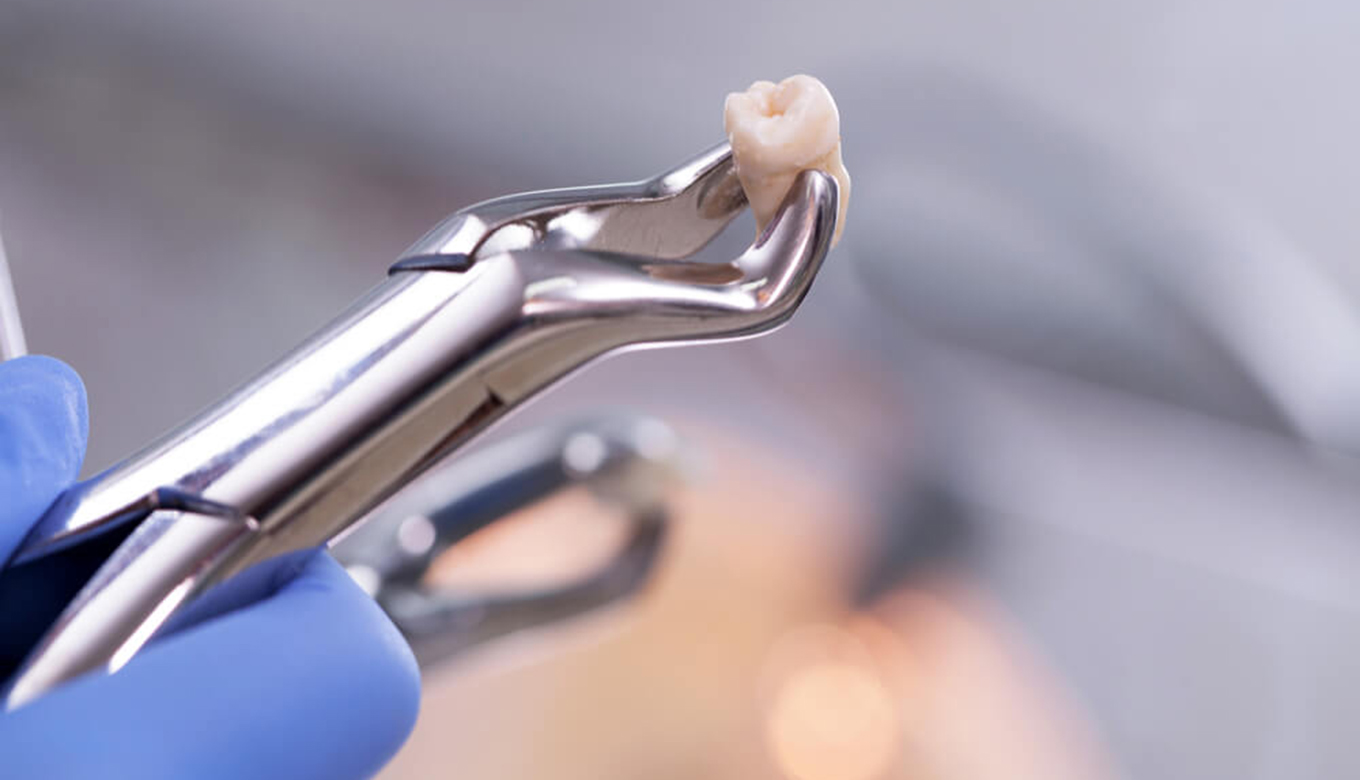
Undergoing wisdom teeth removal is a common dental procedure, yet it comes with its own set of post-operative challenges. One of the most important aspects of recovery is monitoring for signs of infection. Recognizing an infection early can significantly impact your recovery and prevent further complications. Here’s a comprehensive guide on how to identify an infection after wisdom teeth removal and what steps to take if you suspect one.
1. Understanding the Normal Recovery Process
Before diving into the signs of infection, it’s crucial to understand what constitutes normal recovery. After wisdom teeth removal, some level of discomfort and swelling is expected. Typically, the initial swelling peaks within 48 hours and gradually subsides. Pain should also decrease over time, and a slight amount of bleeding is normal for the first 24 hours. As healing progresses, you might notice:
- Mild discomfort and soreness at the extraction site.
- Swelling that reduces steadily.
- A slight bruise in the area.
- A whitish or yellowish appearance at the extraction site, which is often just the blood clot or healing tissue.
2. Recognizing Signs of Infection
Infection can complicate your recovery and extend the healing process, so it’s essential to be vigilant. Here are some key signs of infection to watch for:
1. Persistent or Worsening Pain
While some pain is normal after surgery, it should gradually diminish. If you experience sharp, throbbing pain that worsens over time or seems unmanageable despite following post-operative care instructions, this could be a sign of an infection. Infections often cause pain that is more intense and localized around the extraction site.
2. Severe Swelling
Swelling is normal in the first few days post-surgery, but if it continues to increase after the initial 48 hours or is accompanied by severe pain, it might indicate an infection. Additionally, if the swelling starts to spread to other areas of your face or neck, it’s important to consult your dentist or oral surgeon.
3. Fever and General Malaise
A low-grade fever is common after surgery due to inflammation, but a higher fever (above 101°F or 38.3°C) can be a sign of infection. If you experience fever along with feelings of general fatigue, chills, or body aches, these symptoms may indicate that your body is fighting an infection.
4. Pus or Discharge
Normal healing might involve some slight bleeding or a minor amount of yellowish-white fluid, but the presence of thick, greenish, or yellow pus is a red flag. Pus often has an unpleasant odor and can indicate that an infection is present. If you notice pus coming from the extraction site, it’s crucial to seek medical advice.
5. Bad Breath
While some bad breath is normal after surgery due to blood and food particles, persistent foul odor that doesn’t improve with regular oral hygiene could be a sign of an infection. This is often due to the presence of pus or necrotic tissue.
6. Difficulty Opening Your Mouth
Restricted mouth opening or difficulty chewing can occur after surgery due to swelling, but if it worsens or doesn’t improve, it might be related to an infection. Infection can cause inflammation and muscle spasms, leading to reduced mouth movement.
3. Steps to Take If You Suspect an Infection
If you observe any of these signs, it’s important to take prompt action:
1. Contact Your Dentist or Oral Surgeon
Reach out to your dental professional as soon as you notice symptoms of infection. They can perform a thorough examination, possibly including X-rays, to determine if an infection is present and to what extent.
2. Follow Prescribed Treatments
If an infection is diagnosed, your dentist will likely prescribe antibiotics to combat the infection. It’s crucial to follow the prescribed dosage and complete the entire course, even if you start feeling better before finishing the medication.
3. Maintain Good Oral Hygiene
Keeping the area clean is essential to prevent further infection. Gently rinse your mouth with a saltwater solution (typically a teaspoon of salt in a cup of warm water) after meals and before bed to help keep the area clean. Avoid brushing directly on the extraction site until it heals completely.
4. Stick to Post-Operative Instructions
Follow all post-operative care instructions given by your dental professional, including diet recommendations and activity restrictions. Avoid smoking and consuming alcohol, as these can interfere with the healing process and increase the risk of infection.
4. When to Seek Immediate Help
In some cases, infections can lead to more severe complications. Seek immediate medical attention if you experience:
- Severe swelling that affects your ability to breathe or swallow.
- High fever that doesn’t respond to over-the-counter medication.
- Severe or uncontrolled pain.
- Rapidly worsening symptoms despite treatment.
Conclusion
Being aware of the signs of infection and understanding the normal recovery process after wisdom teeth removal can make a significant difference in your overall recovery. While some discomfort and minor issues are normal, prompt attention to any concerning symptoms can prevent complications and ensure a smoother healing process.
Always consult with your dental professional or get tooth removal near in sawarkar nagar, wardha road if you have any doubts or questions about your recovery.